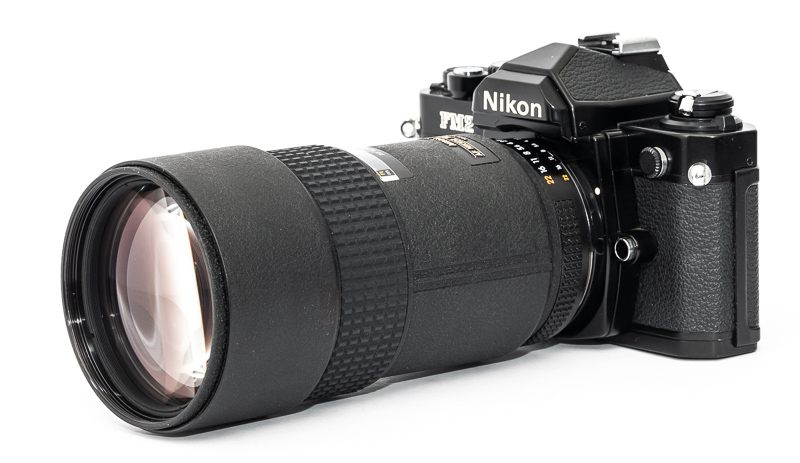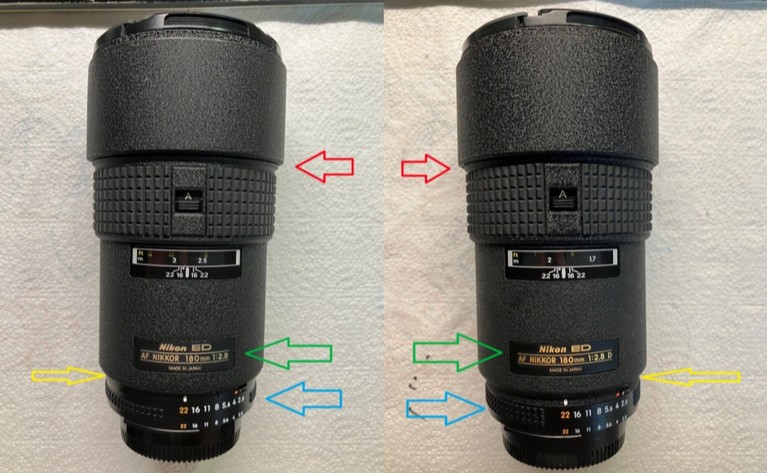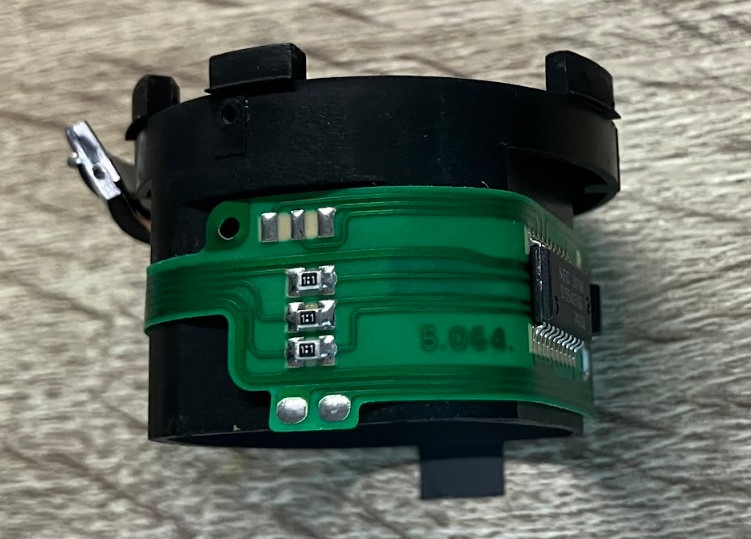Introduction

As you may or may not know there have been several different versions of the Nikon AF 180mm 2.8 over the years. Most notable was the addition of the “D” feature in 1994, allowing the lens to transmit distance information to the camera for more accurate usage of camera flash. As this lens was first released in 1986 some of the samples approach an age of 40 years. As with every product that old, there are some things to be aware of when you are looking to buy a used sample. One of our readers, Q. Xu, did a side-by-side teardown of both versions, so we get to have a closer look at the differences between these versions and what to watch out for.
Of course this article may also be of help if you are looking to perform some kind of repairs on this lens on your own.
Disclaimer
We do not recommend performing any repairs on this lens if you are not familiar with this kind of work and you don’t really know what you are doing. We can not be hold liable for any kind of damage or loss caused by following the information provided in this article or any pages/documents/etc. this article mentions or links to.
You can find the full guide here. I will only show some excerpts in this article.
Differences between non-D and D Versions

The obvious external differences are that the nameplate is different and also slightly bigger on the D version and that the aperture ring features an additional third row of small grips. Less obvious differences are the positioning of the lens hood on the focus ring and an additional ring containing the aperture lock lever on the non-D version.

There are also internal differences that may not be as obvious. The later D versions feature the improved Super-Integrated-Coating (SIC) whereas the non-D lenses and also the early D lenses feature the Nikon-Integrated-Coating (NIC).

The D version has a flex cable (orange) connecting the distance enconder on the focus ring to the electronic contacts at the rear of the lens.

This is a significantly more complex design compared to the non-D version, which only features a tiny circuit board (green) wrapped around the rear light baffle.
While all the optical elements are the same (except for the coatings), this is not true for the mechanical parts, so not all of them are easily exchangeable between the D and non-D versions.
What is also notable: while this lens is considered solid and high quality, there are no metal parts to be found here. Everything is made from polycarbonate.
Buyer’s recommendations
One common issue is noisy focus operation (also during manual focus), usually caused by the rod connecting the screw on the bayonet to the internal gears. This is easy to spot as the lens will make some grinding noise during focus operation.

Adding lubricant to the gears of this rod usually helps to get rid of that noise.

Another, bigger issue are hazy samples. This might be caused by balsam separation of the cemented groups and also damaged coatings. There are also lenses circulating with a high amount of dust inside, as this lens does not feature any weather sealing.
When I checked, the D versions were about 100 to 150 bucks more expensive than the non-D versions. Is it worth it? If you want to use this lens on Nikon SLRs in combination with on camera flashes a lot: maybe. But I don’t think a lot of people will actually do that. The only other reason would be the improved coatings, but without having done a thorough comparison, I am not sure if they make enough of a difference to pay about 50% more. And you need to make sure to get one of the later versions for that anyway.
A full review of this lens will also be published in the future.
Further Reading
- All Nikon Lens Reviews
- Analogue Adventures Landing Page
- Lens Aberrations explained
- Discuss this article on our Discord server
Latest posts by BastianK (see all)
- Review: Nikon AF-S 28mm 1.4 E - November 5, 2025
- Review: Sigma 135mm 1.4 Art DG – The actual Bokeh Master - October 25, 2025
- Analogue Adventures – Part 45: Fujichrome Provia 400X (expired) - October 22, 2025
Neat!
I’ve always made the assumption that the D versions of Nikon lens would help make IBIS better for anyone using these old lens on Sony or Nikon mounts. Like how the Sony A to Sony E only has 3-axis IBIS with non distance encoded lens, and 5-axis with distance encoded. I think, unless that’s changed!
It was one of my favourite Nikon lenses and it’s one of the very few I couldn’t sell when I switched to Sony ten years ago. Longing to see the review.
I have an earlier manual focus ED 180mm F2.8 with the gold ring. It is on my Lumix micro 4/3 camera most of the time. Do you know if the optics are different in the AF verstions?
Yes, the manual focus version has completely different optics.
I used a later version (AF 180 mm 2.8 D IF?) on the D800 at sporting events about 10 years ago and was very satisfied with the results considering the price of €300. The AF was sufficiently fast, the bokeh was creamy, the CA’s were limited from f3.5.
I replaced it with an AF-S 70-200 f4 – one mistake…
All the camera manufacturers replaced their 180/200mm primes with 70-200mm zooms, so you are in good company 😊